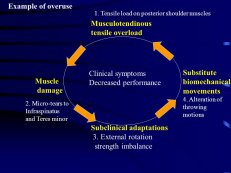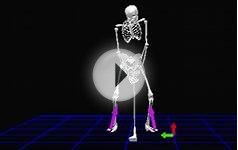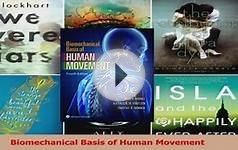Unlike previous biomechanics texts that have taken a mechanical concept and identified activities in which the concept is implicated, Biomechanical Analysis of Fundamental Human Movements takes a contrary approach by focusing on the activities and then identifying the biomechanical concepts that best facilitate understanding of those activities. Superbly illustrated with more than 140 figures depicting the critical points of biomechanical analysis, this two-color text is an invaluable tool for those pursuing the study of advanced quantitative biomechanics. It presents a clear introduction to the principles that underlie all human motion and provides a complete study of fundamental human movements and their components.
Teachers of human movement, safety equipment designers, rehabilitation specialists, and students performing advanced research in the area of human biomechanics will appreciate the scientific and mathematical focus in the text. This focus allows readers to gain an understanding of human biomechanics that will enhance their ability to estimate or calculate loads applied to the body as a whole or induced in individual structures.










